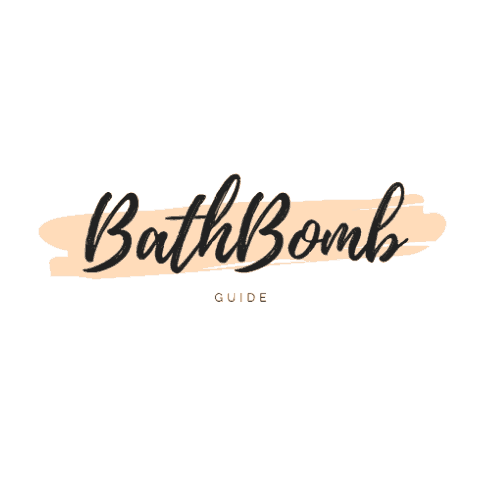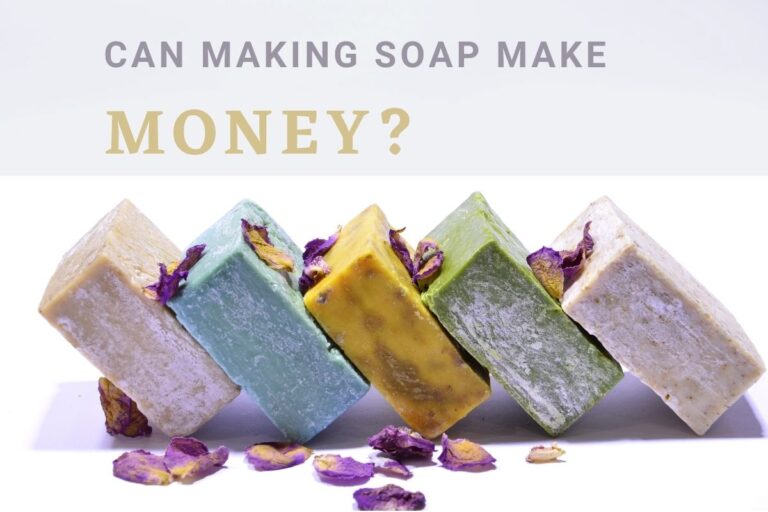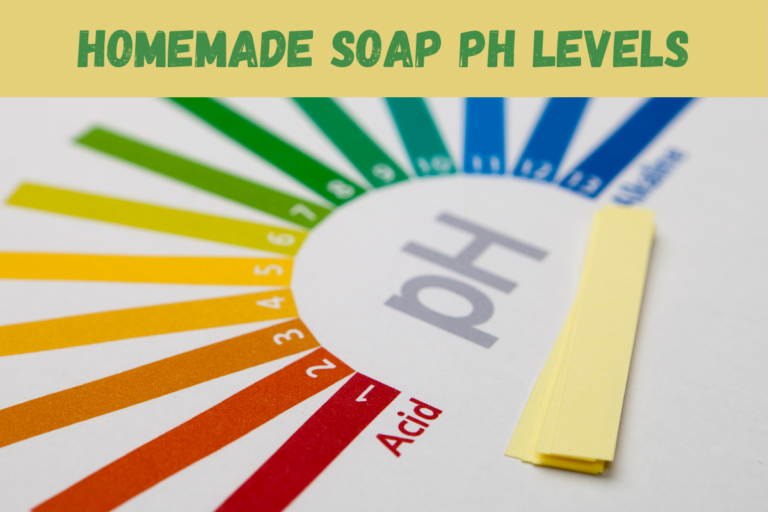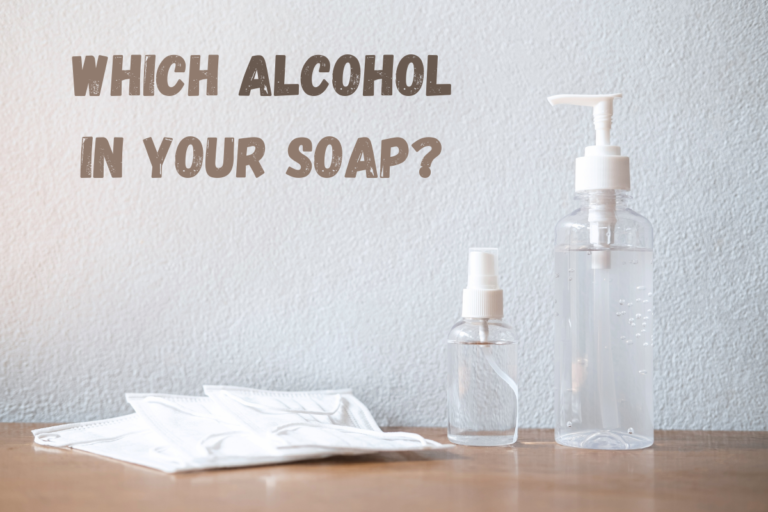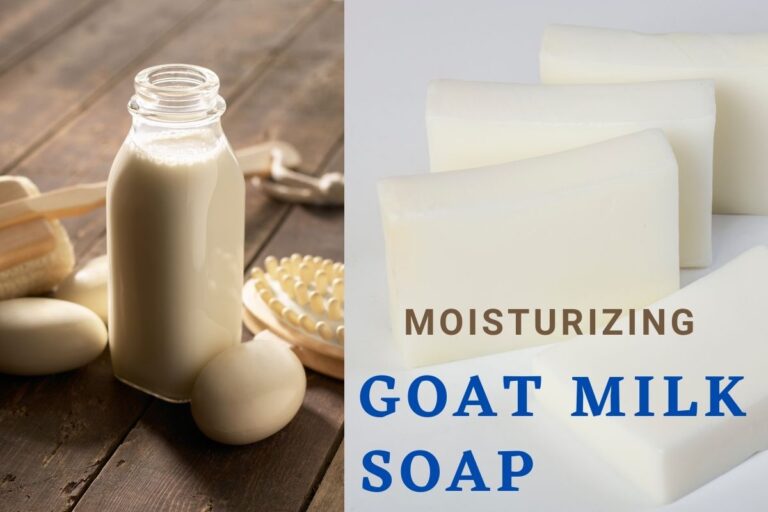Soap Making From Scratch (Ingredients, Science, Safety & Preparation)
Soap is a popular item that can be purchased at most stores, but it’s also possible to make your own soap from scratch. The process of making homemade soap does take some time and patience, but the end result will be worth it! In this article, we’ll go over the basics of how to make homemade soap as well as what supplies are needed. If you’re ready, let’s get started!
To make soap from scratch at home you need 3 basic ingredients of Lye, distilled water, and some oil. Water and Lye are mixed to create a solution to which the oils are added at which point saponification takes place and your homemade soap is created. Add fragrance and color to your preference.
That sounds pretty easy huh? but there are some rules and safety considerations as Lye is a caustic substance, so read on.
Ingredients Required to Make Soap from Scratch
There’s not very much, to be honest, soap is as old as man itself and was made using potash and water with animal fats before the process and the chemical reasons were fully understood. Soap is a natural and simple product to make which needs just 3 main ingredients
- Lye
- Distilled Water
- Oils
That’s it, with the right measures and process, those three items will create soap. And just a few more things then add the fragrance, color and designs. but more of that later.
Science behind soap
A little science knowledge will help you produce excellent soap that turns out the way you have planned. You don’t need to be a chemist, but having a solid grasp of fundamentals will help you understand how the procedures work together. It can also be beneficial if you need to solve any trials and errors in order to master the process.
There are options of pre-made soaps on the market that just need heating and pouring and ‘voila’, job done! But that takes the fun out of knowing the soap bar you have in your washroom was made from scratch by your fair hands.
What’s more, you can add your own twists and unique elements that truly makes your homemade soap your own.
Here are a few basics to know about how soap-making works:
All soap from scratch requires a lye solution. It is the reaction between the Lye and oil that creates the saponification and ultimately the soap. The oil you use is your choice. there are many options for various reasons, this is where the fun starts.
You can not make soap without Lye. Chemically known as sodium hydroxide there are cautions that need to be taken with the product as it is highly caustic. careful use and an understanding of the dangers means that it is safe to work with and should not put you off your soapmaking adventure
It is important to ensure you get your measurements completely correct. A little wrong won’t matter too much, but for perfect saponification, (the creation of soap crystals from the chemical reaction between the lye and oils) you have to be pretty much on the button. The better the saponification, the better your homemade soap from scratch will be.
A little patience in the pouring, molding, hardening and storage process and you’ll have superb soap bars for you, and more besides to make personal gifts for friends and family. I have a guide to wrapping soap too, to make it even more special
Soap making safety
Let’s get back to the Lye issue. Well, it’s not an issue but Lye is a highly corrosive chemical and should be treated with respect and care. Used to block drains, it simply dissolves everything in its path, and that will include human flesh!! Below, I have a list of safety wear that you should ensure you use at the point of the soapmaking process that requires working with the lye.
It might seem strange that you will be using an ingredient that is so dangerous in something that you plan to your on your skin, but the elements that pose a danger to health are removed in the saponification process leaving a nourishing and rich lathery soap that you can enjoy whenever you want.
Handling the lye should be done with care and there is something very important to remember.
When combining the water and the lye, you must add the Lye to the water very slowly and not water to lye. The two will react causing a thermogenic reaction (Crates heat), done the wrong way round or too quickly and that reaction can turn volcanic, and you are not going to want that in your workspace.
Check List before handling and working with the Lye and making the solution
- Wear goggles to protect your eyes from splashes
- Protect your hands with rubber or latex gloves
- Do not undertake this part of the process with short sleeves or shorts
- Children should not make the solution
- Make sure your solution is marked, it will be clear and could be mistaken for water
- Avoid breathing any fumes created in the mix
- Keep your work area well ventilated
Any contact made with the lye to your skin, wash thoroughly with cool water, and if it was a large spill or you have any concerns, seek medical attention
There are some things in there that might have you wondering what you will be getting yourself in for and imagining the scientists in a lab covered from head to toe in protective gear. It’s not as bad as it sounds and is perfectly safe if using common sense and being careful when using Lye.
You use care with other chemicals you have in your house such as cleaning solutions or bleach and you may already have some caustic soda in the garage anyway.
Preparation
What are the ‘6 P’s’? Perfect preparation and all that?
Being prepared is the best practice and will help you get the best results from your homemade soap. it’s OK having all the ingredients to hand, knowing where you’ll be making and storing your soap, but have you thought about just what you want to actually make yet?
I know, when I first made soap, I was so excited I had everything ready and hadn’t even considered what type of soap I was making, what shape or size the bars might be, I had a range of colors and fragrances of course, but didn’t have a plan for my first batch, and of course, the really fun part, I had not considered just how much I was about to make and what I was going to do with it all.
so let’s look at everything to consider and what you will need to have perfect soapmaking preparation
What Type of Soap do you Want to Make?
Do a little research on what type of soaps you can make at home. Decide on your preferred color and which fragrance you wish your soap to be, and stick to one idea for your first few tries at making soap.
There are a ton of things you might consider
- Color
- Fragrances
- Shape
- Style
- Design
- Will it moisturize?
- Exfoliation properties?
- Clear soap? (Oh yeah, there’s that too!)
Your first batch won’t be your best, you will improve with a little practice.
For this reason, choose a fairly simple single fragrance and color, and once you have that down, you can start experimenting with more elaborate creations using more elements from the bullet list above.
What Things Will You Need?
In addition to your idea, and the ingredients at the top of this page, you will require some more things to make your soap look and smell great, but moreover, you will need things to use to undertake the process of making soap too.
I have links within these suggestions to items you could get hold of inexpensively if you don’t already have them.
Tools and Accessories
The list of items below should be able to be bought for around one hundred dollars. So bear this in mind as a consideration when thinking about making your own homemade soap from scratch. It works out quite expensive if you are doing it only once, but if you plan to make it your hobby or even a small business, then it looks a lot cheaper.
The links take you to products picked out on Amazon
Goggles: No need to spend fortunes here, as long as they are effective and will protect your eyes from splashes you will be good to go.
Molds: You can be really creative here, use something you already have at home, either as individual molds, or as in the link, a silicon loaf mold that will produce a loaf cake of soap which you can cut to your suited size depending on how you will use it.
The larger the mold, the longer it will require to harden.
Thermometer: Do not dismiss the humble thermometer. It is important to heat your mix to the right temperature and even more important to ensure your oils have cooled sufficiently before adding the lye solution for safety reasons. Don’t take any chances, work with care and safety in mind for the best results.
Digital Scales: You may already have some kitchen scales, and as long as you clean them really well after use when making your soap they will be just fine for your cooking and foodstuffs in the kitchen too. but you can buy some dedicated soap-making scales to keep them separate too – Up to you. If you don’t have any scales, you will need them to ensure your measurements are just right. Chemical reactions in soap making are key and so are your weights.
Stainless Steel Pitcher: You’ll be doing a lot of mixing and a lot of heating, so good pitchers that allow for an easy pour are essential, remember that lye solution. Also, dedicated saucepans are a good idea for your heating processes. Go with stainless steel for durability in both cases.
Blender: There is going to be a lot of mixing and blending involved. This can be done by hand of course but a stick blender specifically for your soap making might make things a little easier
Important – never use a blander when mixing lye and water for the thermogenic reactions as mentioned earlier in the safety section.
Gloves: Protect your hands with rubber or latex gloves and ensure any spillages, especially in the early stages with the Lye or Lye solution is rinsed off thoroughly.
Ingredients for Soap from Scratch
If you do not want to use Palm oil, you can replace it with vegetable fat or shea butter as an alternative.
- 8 oz coconut oil
- 15 oz olive oil
- 11 oz palm oil – Or Shea Butter
- 4.8 oz lye
- 11.2 oz distilled water
Get Your Workspace Ready
It is also important to know where you are going to be working and that you have everything you need around you and within reach as well as being well ventilated as mentioned before.
Have your ingredients all set out before you, once things start to get going you are not going to find you forgot something. You’ve seen chefs on cooking programs on TV with everything added very quickly one by one – Have everything weighed and laid out before you to make the process as trouble-free as you can.
Have your tools and accessories to hand, including pans, pitchers, and molds.
It is also a good idea to ensure your work surface is covered, preferably with a disposable covering of parchment paper, so that cleaning the area at the end of the session is quick and easy.
Have a pretend run through – Seriously, this is a good thing to do because you may find you don’t have the room your thought you might before you started, and once you have your lye solutions, pitchers and pans, heating, cooling, and blending, you want to ensure you are doing it in an area that means you don’t have to take chances with spillages that could be avoided.
And get that safety gear on when you are ready to start.
Lye Solution
With care, slowly pour the lye into the water. With a heatproof spatula or spoon, stir gently until the lye has completely dissolved. The liquid will be clear, and you won’t be able to see any lye at the bottom of the bowl. Do not directly breathe in the fumes that arise from this solution!
Set the liquid solution aside somewhere where no children or pets will encounter it. It will naturally heat up, so allow it to cool down for about 40 minutes. Ultimately, the temperature should drop to about 105°F (40°C) before you proceed to the next step.
Note: Make sure you never add the water to the lye, which can actually be dangerous and gets exceptionally messy.
Oil Preparation
While the lye liquid is cooling, weigh out your oils. Since coconut and palm oil are semisolid at room temperature, liquify them by heating them in a double boiler. Once they’re ready, combine all oils in your big mixing container.
Before proceeding to Step 5, you want your oils and your lye solution to be within about ten degrees of each other.
Mixing and Blending
It’s mixing time. Place your immersion blender into the oils and gently tap it against the bottom of the bowl a few times to release any air bubbles that may have gotten trapped under the blender head and brought down into the oil. Tap until you no longer see any bubbles coming to the surface.
Gently pour the lye solution into the bowl of oils. To start, leave your blender off and just hand stir for 20 seconds. Next, pulse several times. You will begin to see the mixture coming together, creating a creamy yellow batter.
Power on the immersion blender and mix the soap batter for about 20 seconds. Then go back to 20 seconds of hand stirring. Continue alternating with powered down hand stirring and powered on immersion blending every 20 seconds or so. This will help ensure you don’t overwork and burn out your blender’s motor.
Continue mixing until you see a trace is reached. It will be thick enough that you see a faint, fleeting imprint when you lift the blender and drizzle some across the top.
Add to Molds
Since we’re making cold process soap, it’s now time to pour the soap batter into the prepared mold. Even though the soap is blended together, it’s still caustic and dangerous to the skin, so proceed with care and make sure you are still covered up with your eyes protected.
Pour the soap batter into the mold. Scrape your bowl to get every last drop! Give your mold a few taps on the counter to allow any air bubbles to rise to the surface. Cover the mold with a piece of wax paper, followed by the top of the mold (if it came with one) or a cardboard piece. Keep it cozy warm by tucking a quilt or towel around the mold. Move it to an area that will not get bumped for one to two full days.
Slice and Cure
After 24 to 48 hours have passed since you poured your soap into the mold, remove it and slice it into bars. One inch (2.54 cm) bars are suggested. If your soap mold came with a knife, that’s going to work great. Otherwise, a sharp kitchen dough scraper knife or will also do the trick. If you’d like, you can use a miter box, ruler, or soap cutting box to help you keep the bars a consistent thickness.
Now is when the waiting begins: before use, you must let the bars sit out in the open air to cure for about four weeks on sheets of wax paper or a coated baking sheet. This is the time when water further evaporates from the soap, making it firmer and longer-lasting in the shower. If you must use soap before the full cure time, it’s alright, but it will not last as long.
